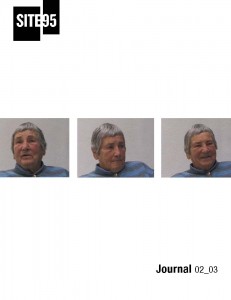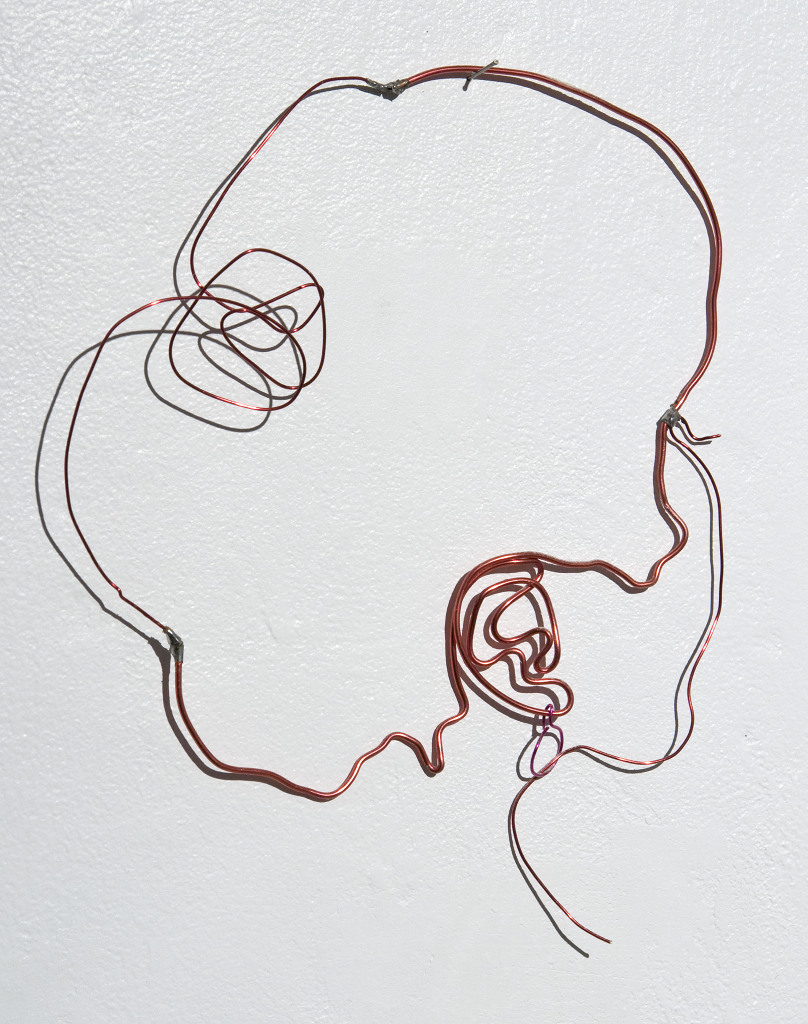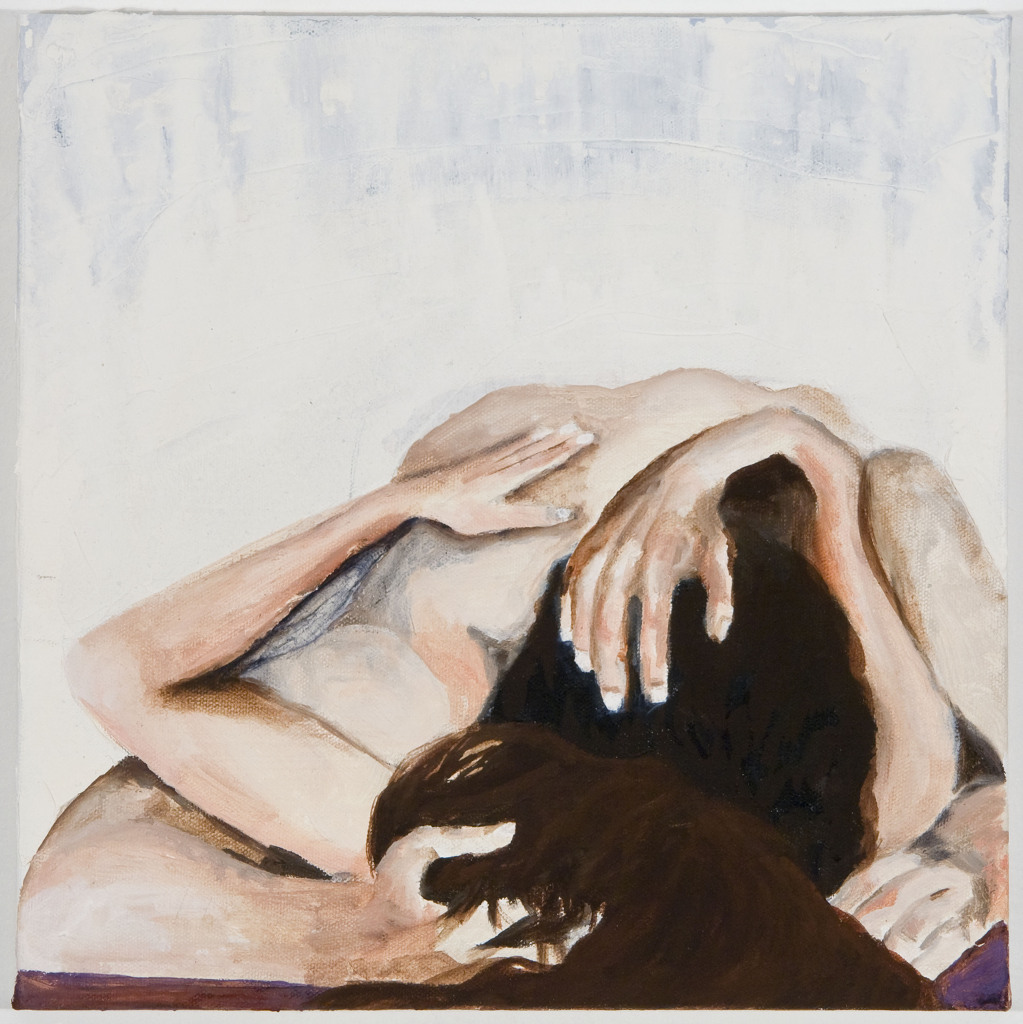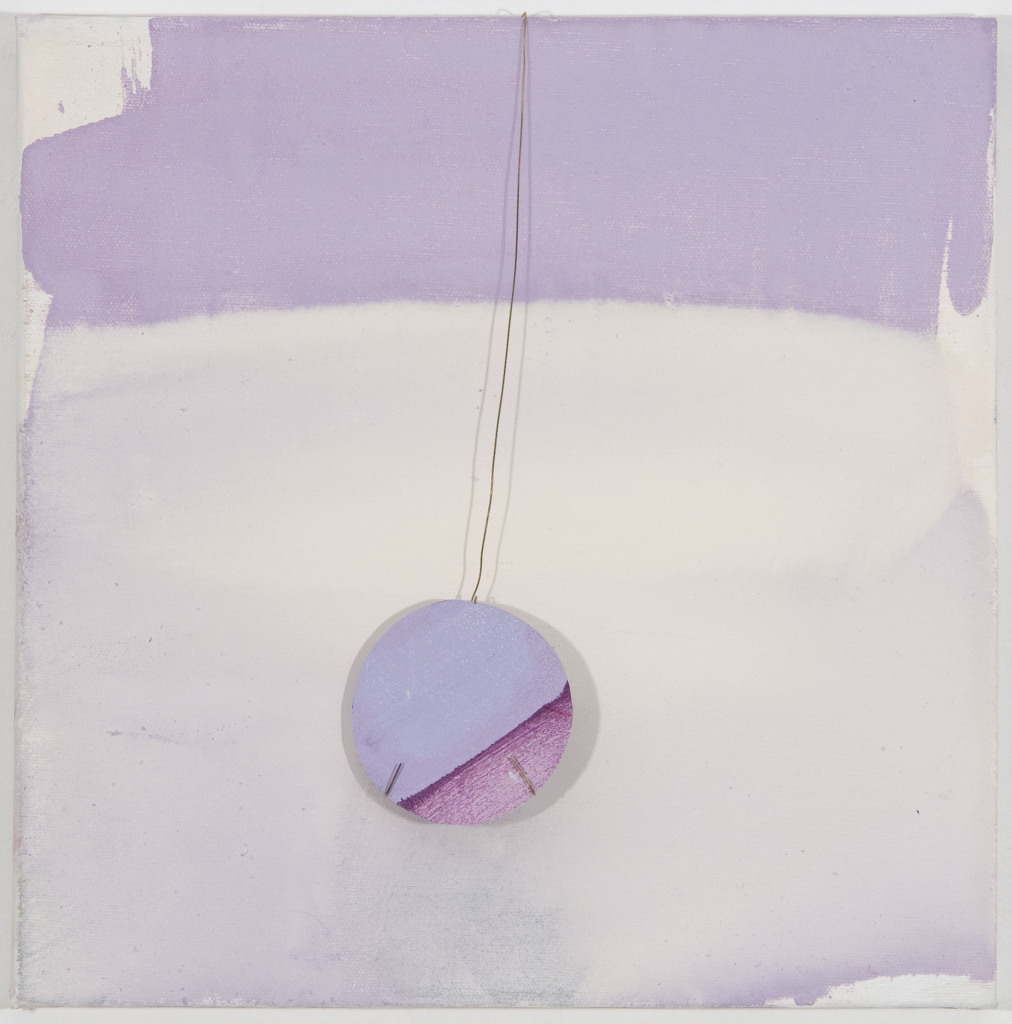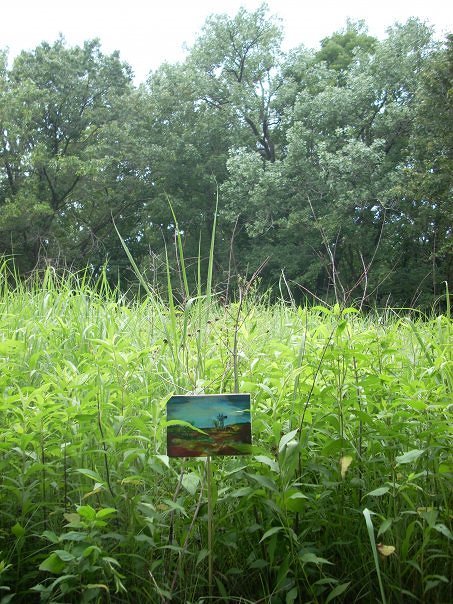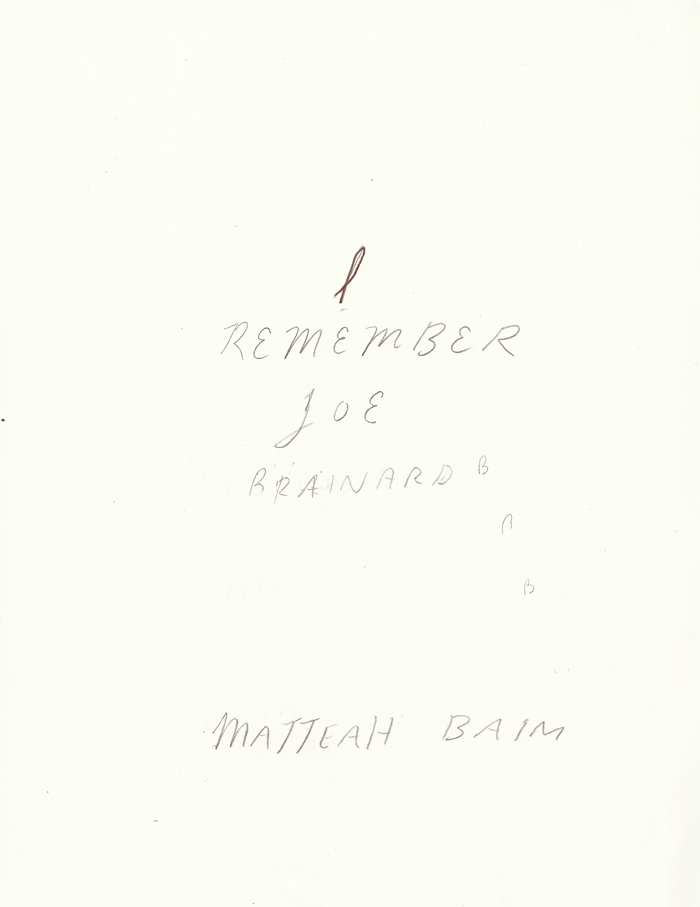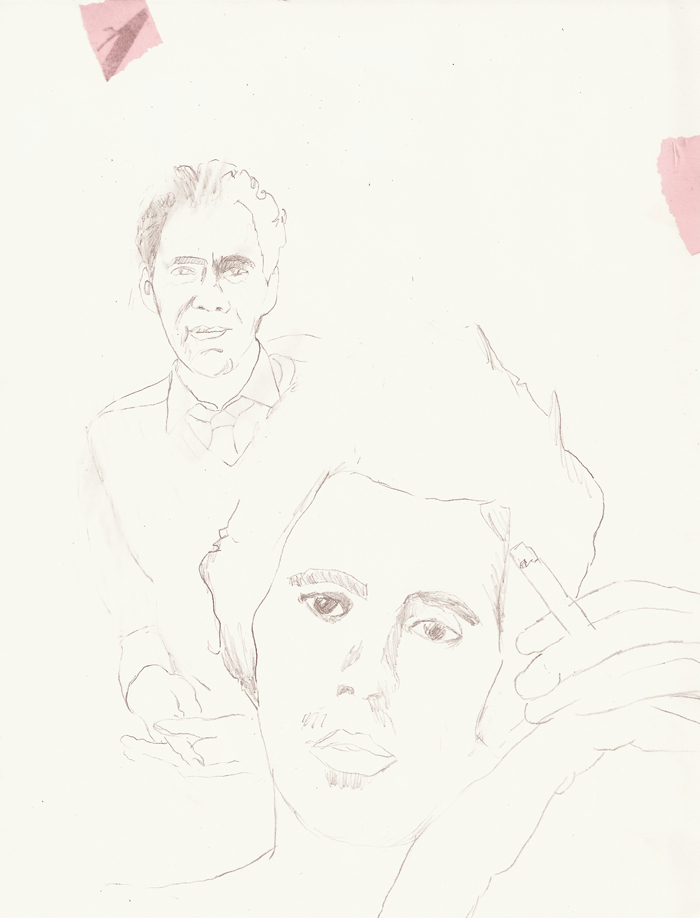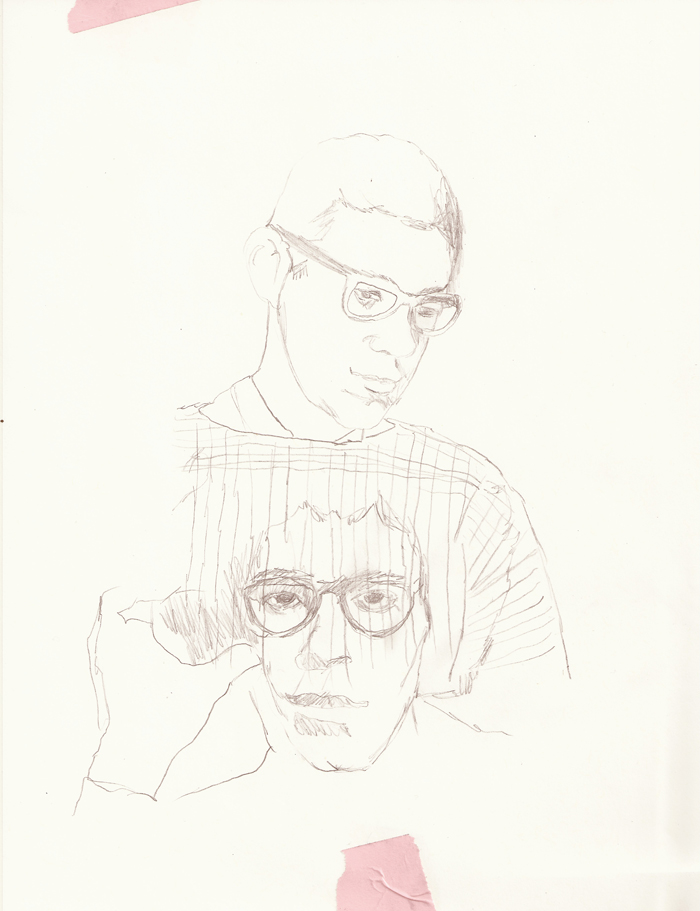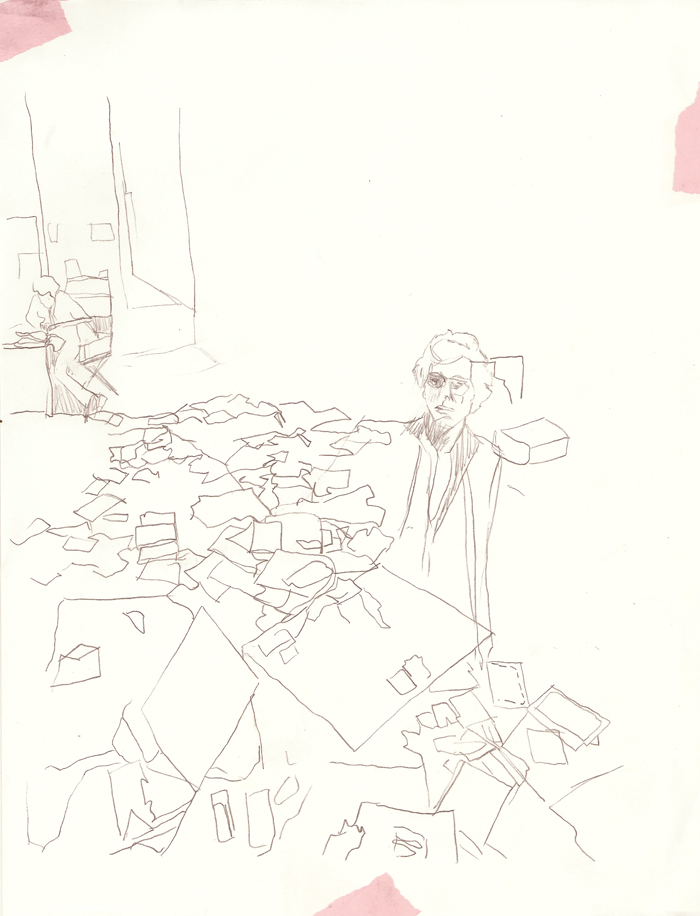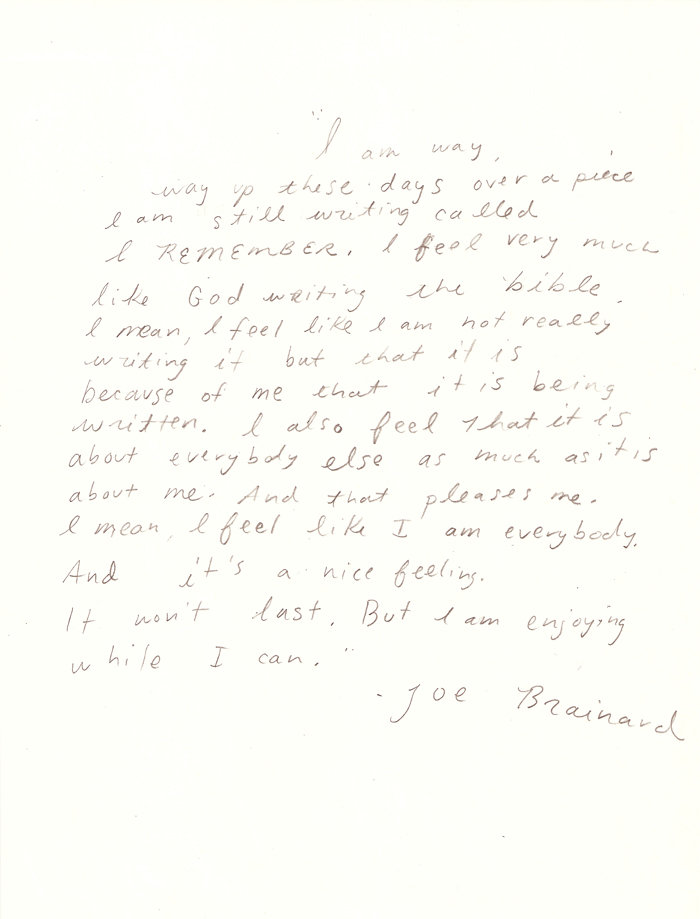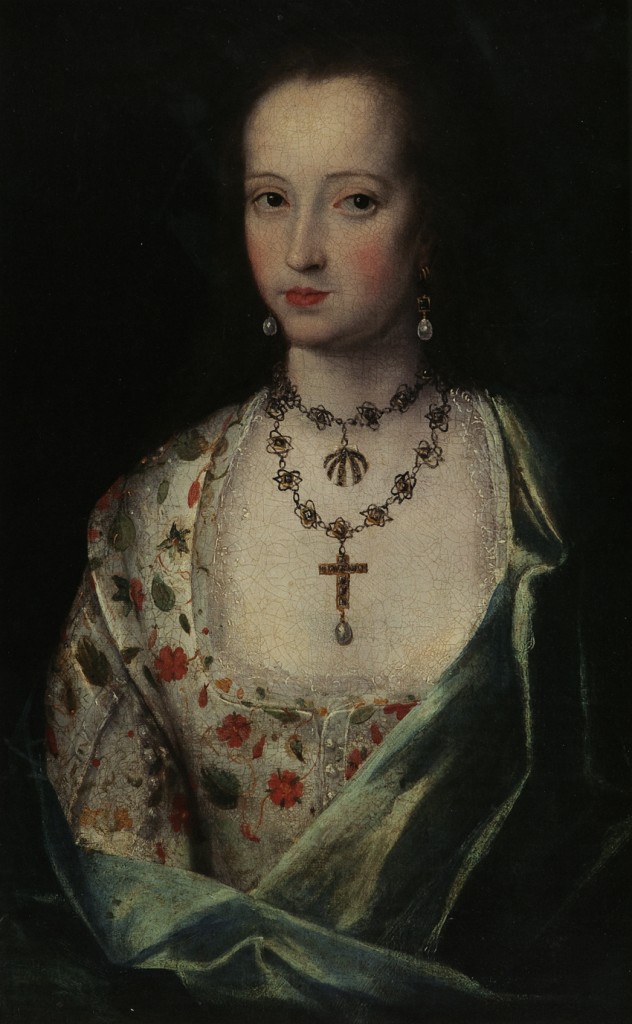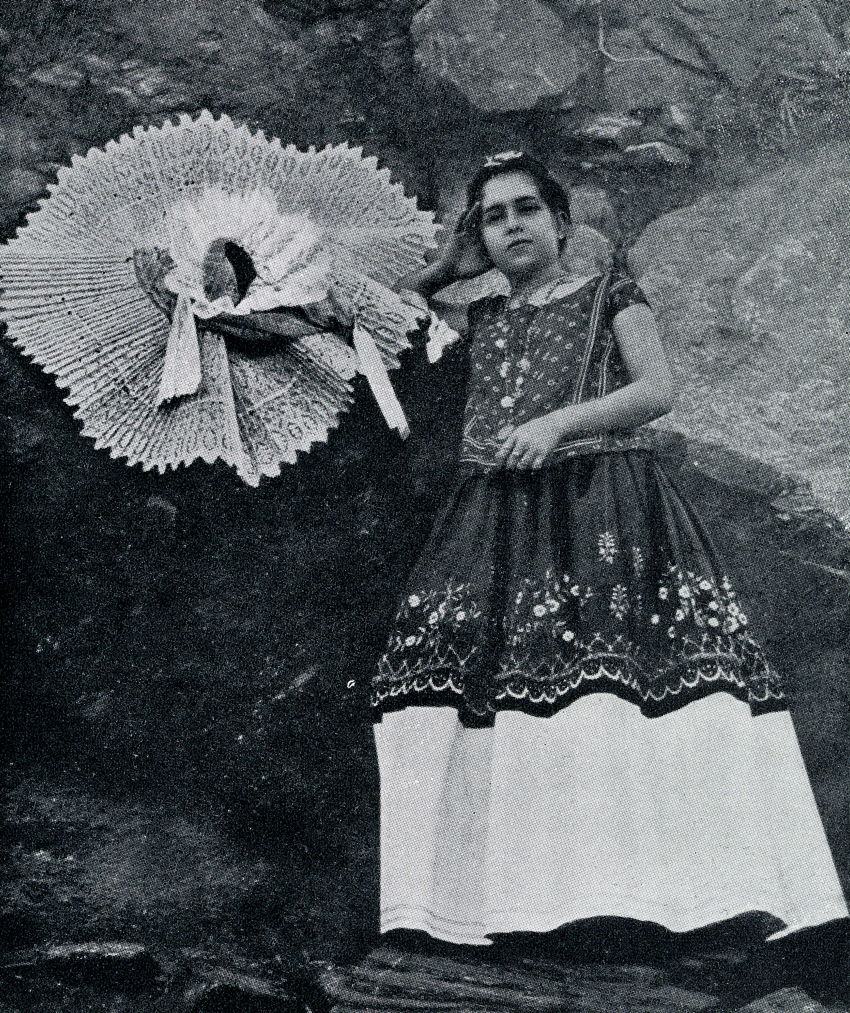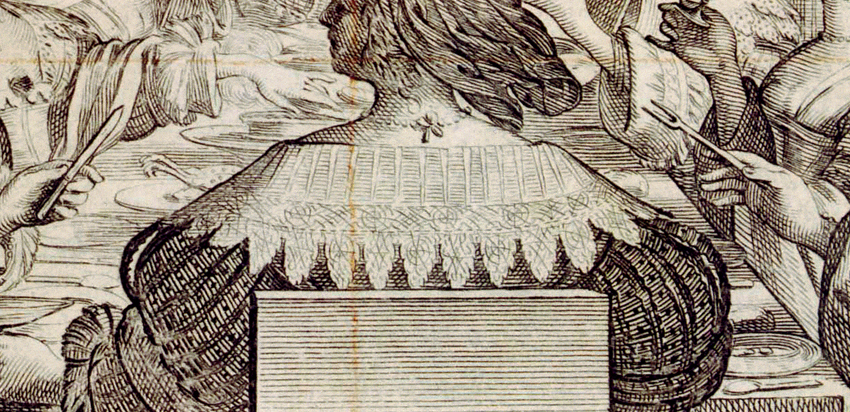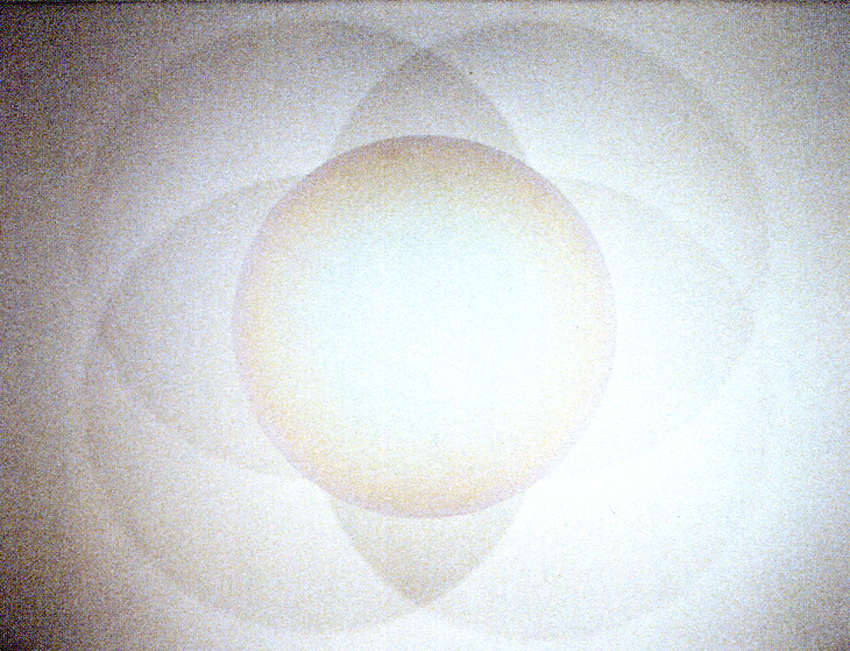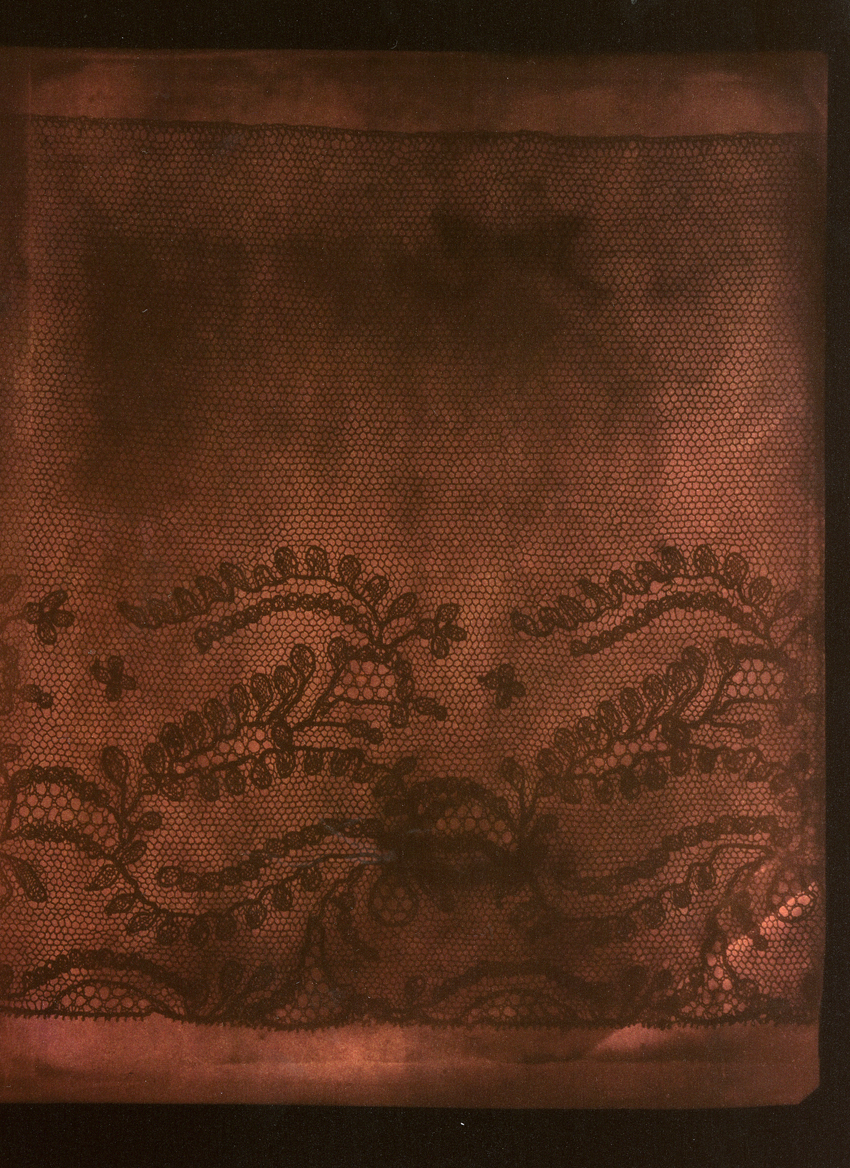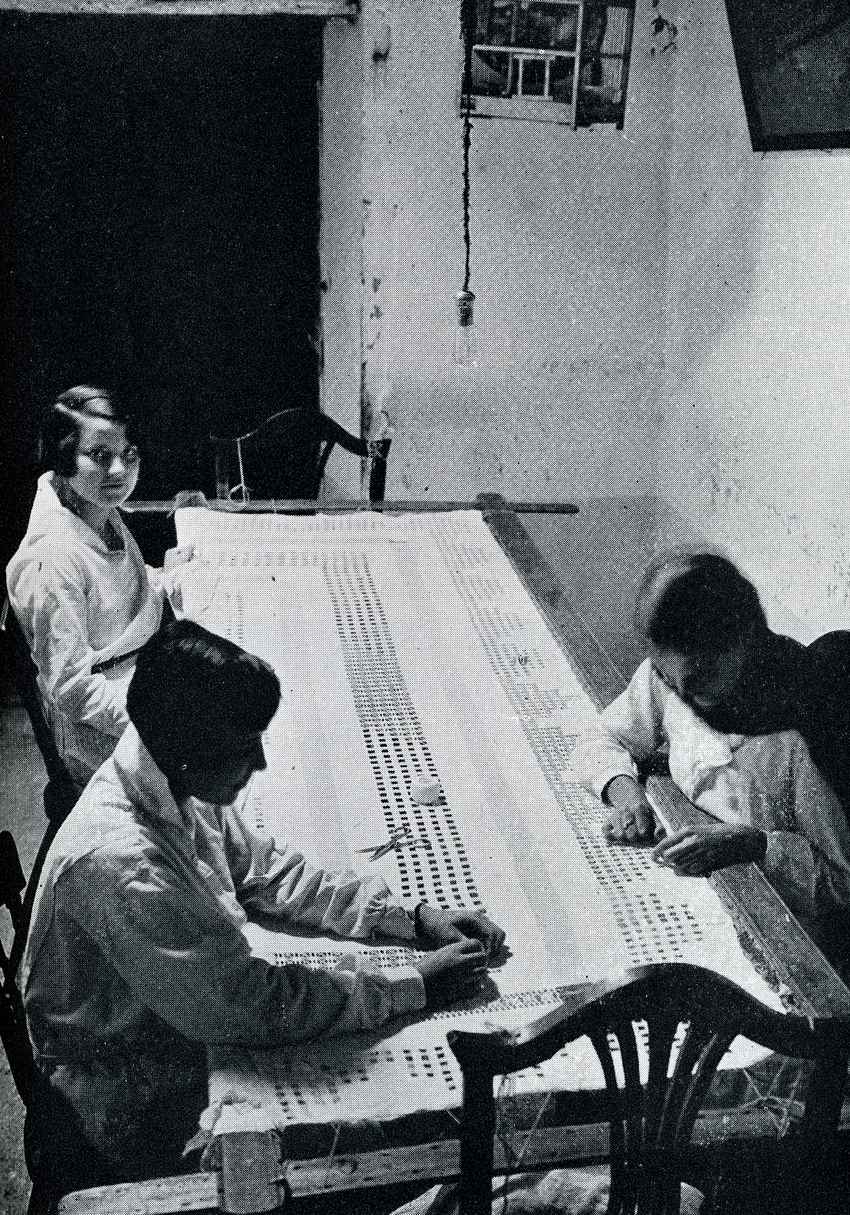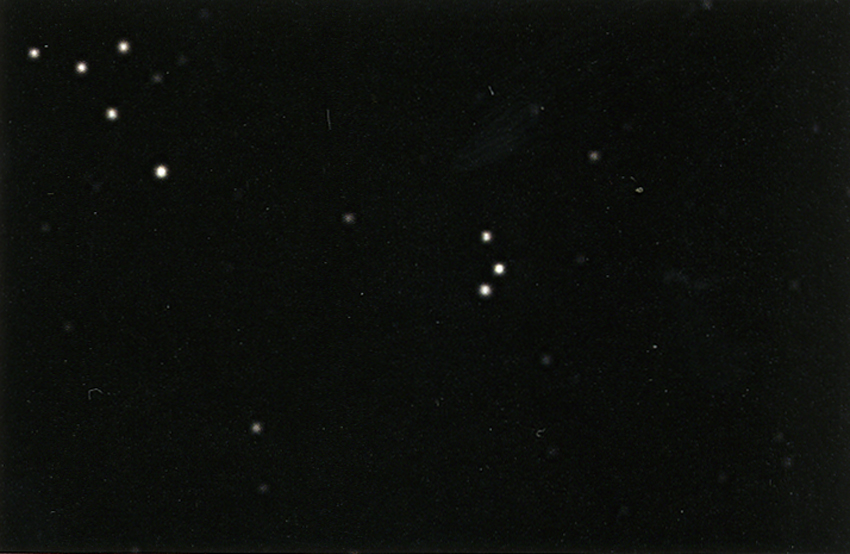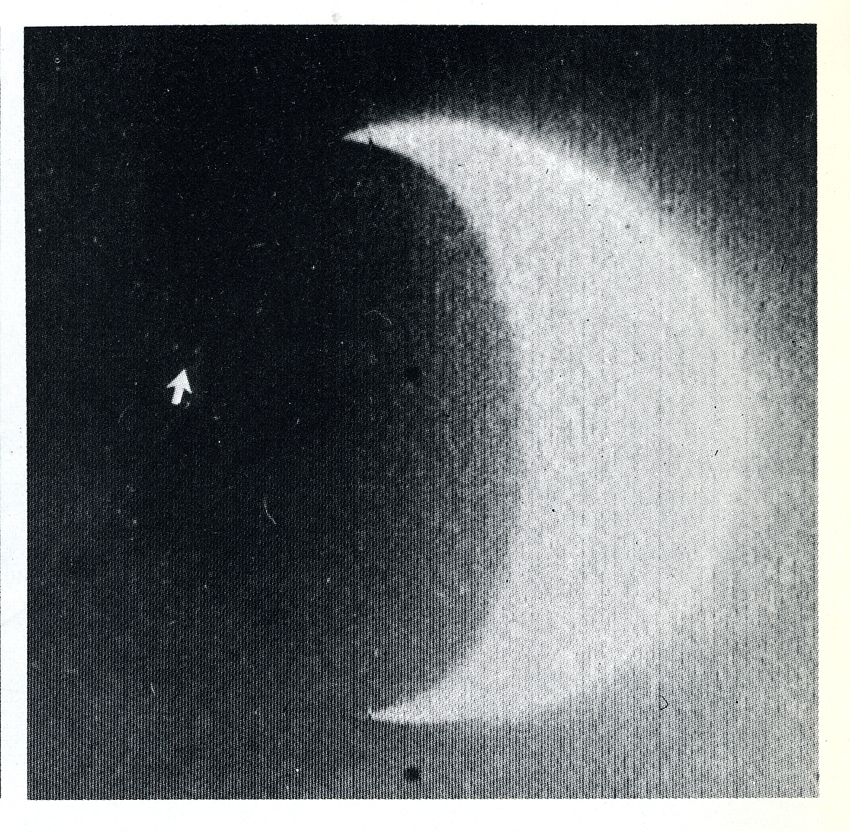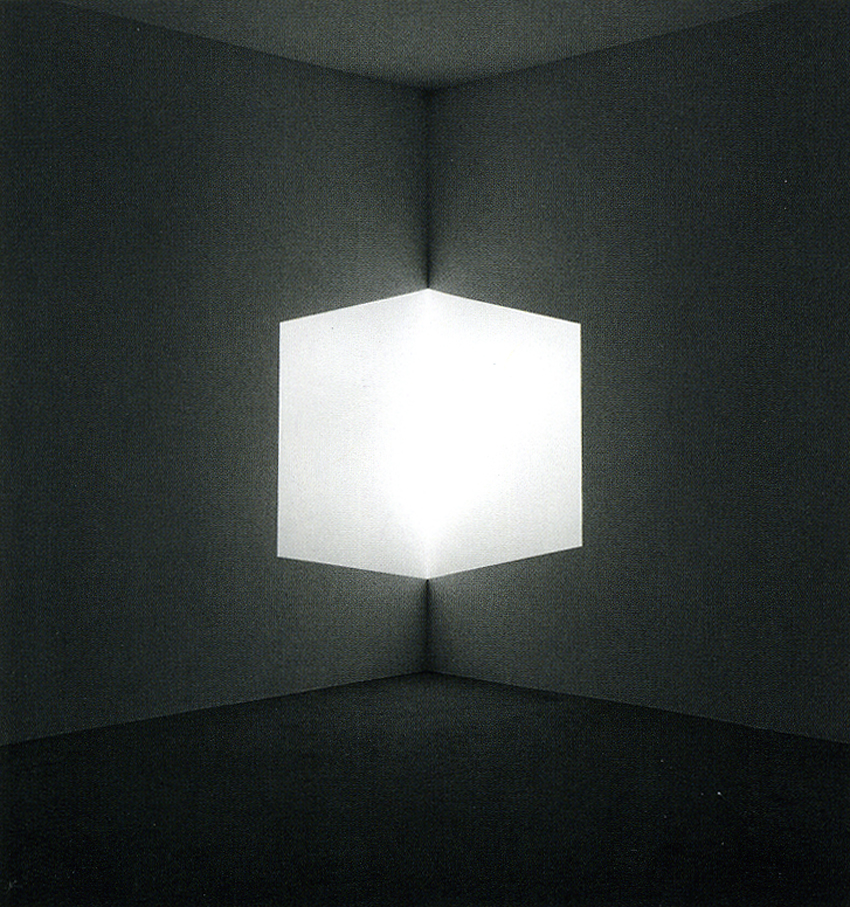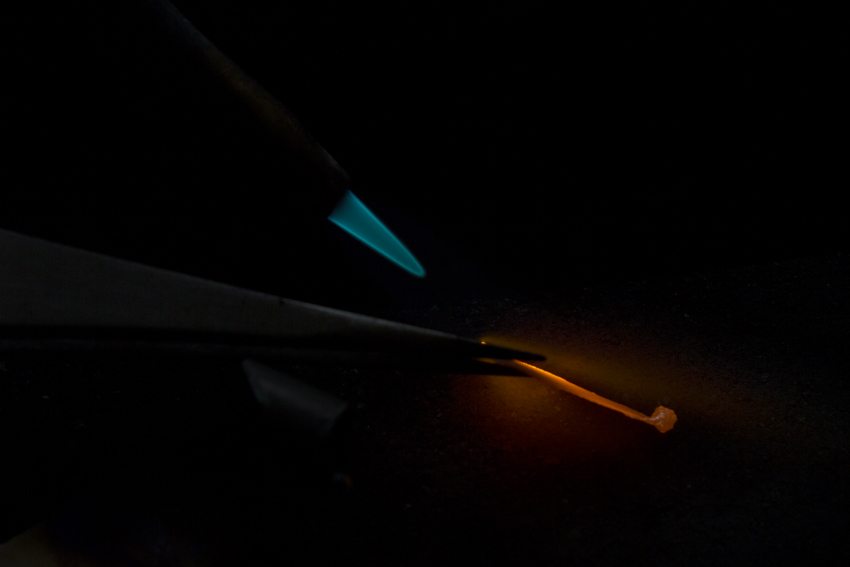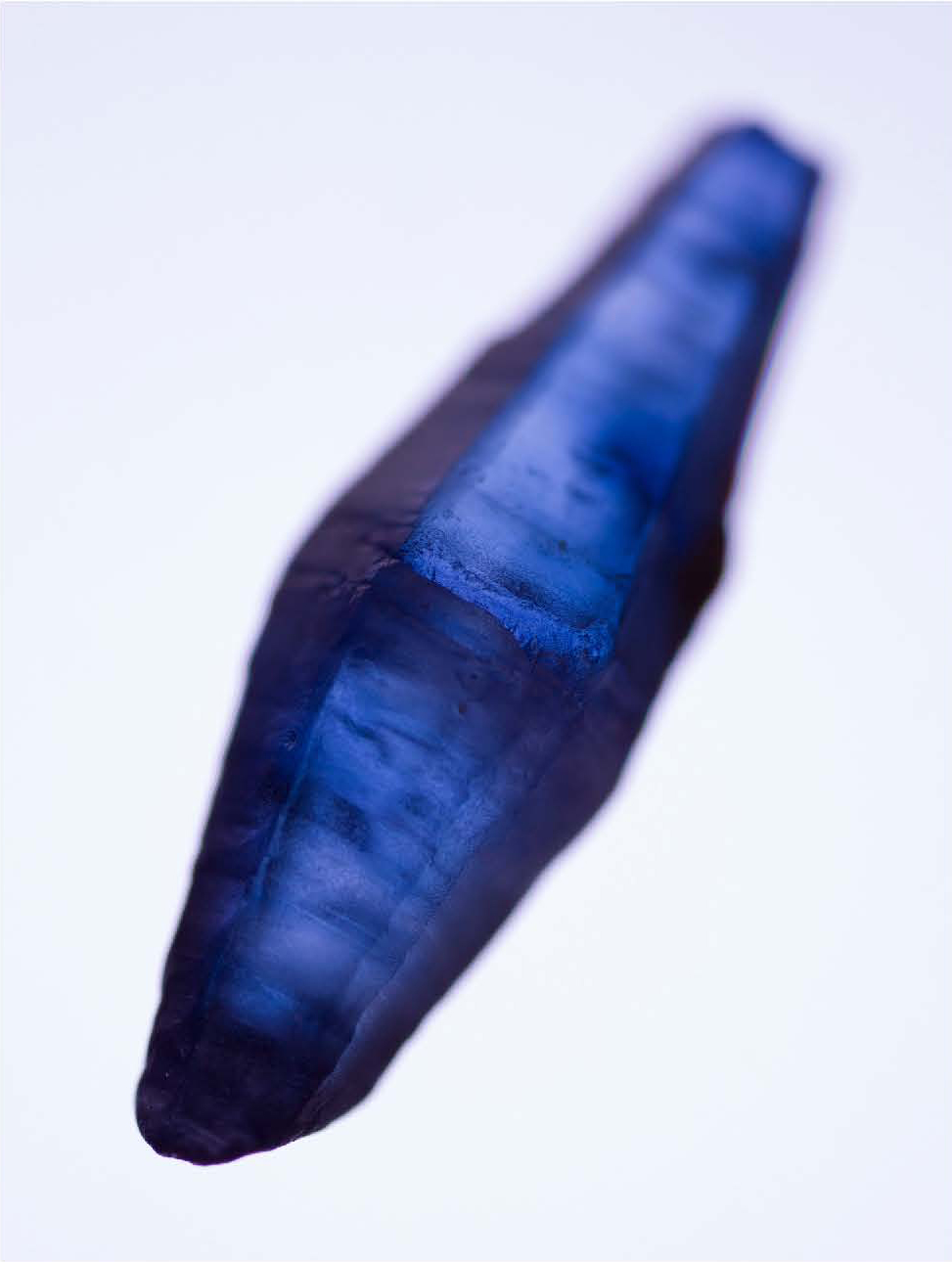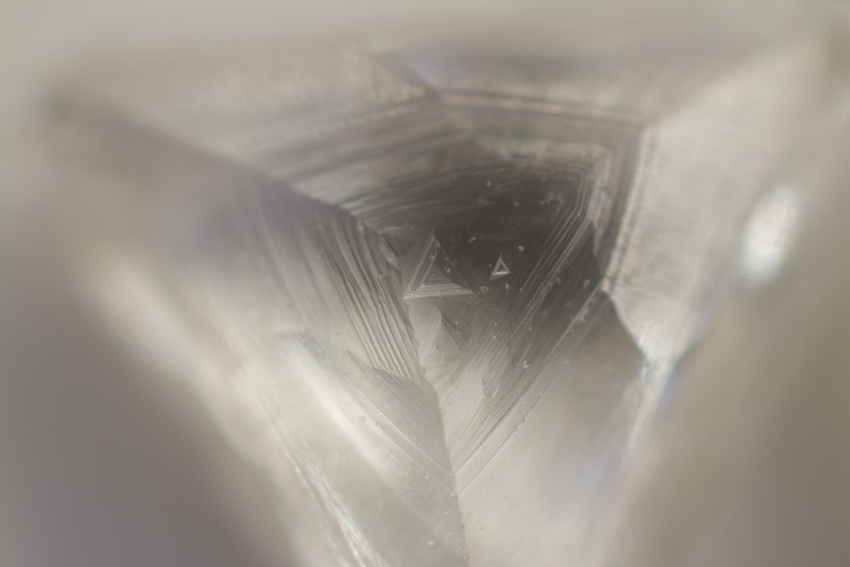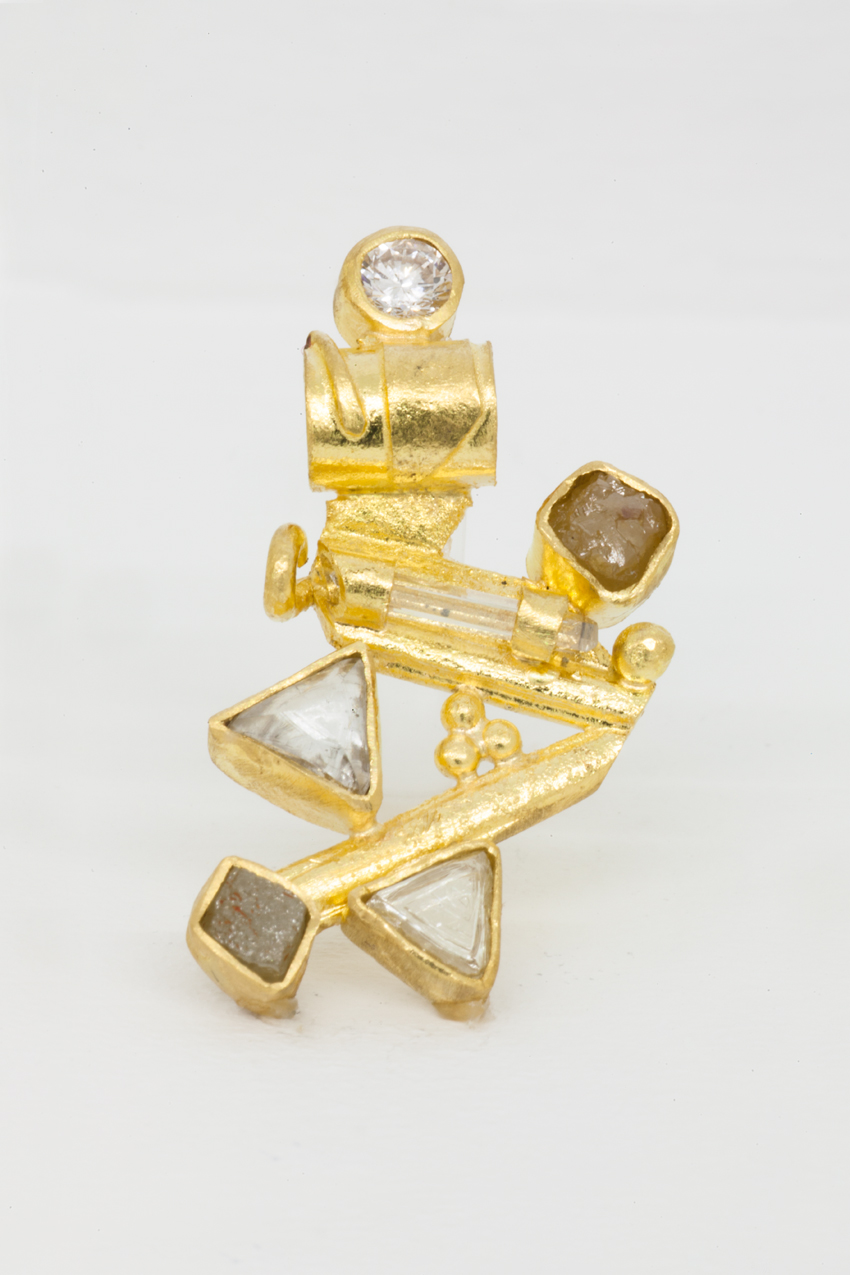02 03
02 03
Journal Volume 02 Issue 03
DOWNLOAD PDF: site95_Journal_02_03.e
Editor in Chief MEAGHAN KENT, Contributing Editor JANET KIM, Copy Editor BETH MAYCUMBER, Copy Editor JENNIFER SOOSAAR
Curated by MAUREEN CAVANAUGH
Contributors: Maureen Cavanaugh, Matteah Baim, Diane Granahan, Melissa Dubbin and Aaron S. Davidson, Anna Plesset
Journal designed by SITE, Logo designed by Fulano
Maureen Cavanaugh
The documentary “Agnes Martin: With My Back to the World,” directed by Mary Lance, has been an inspiration to my practice as a painter. At the time the interview was made, I was in school in Santa Fe, New Mexico and had become familiar with Martin’s work at an exhibition at SITE Santa Fe in 1998. So in putting together this issue, I asked each of the contributors (artists, designers, and musicians) to watch Chuck Smith & Sono Kuwayama’s interview with painter Agnes Martin at her studio in Taos in Nov. 1997. The selected contributors were people who I felt focused in on the quieter moments of making artwork. I asked each of them to create a project based on their studio practice and meditation. Ultimately, all five contributors focused on other artists who have brought inspiration to their own work.
Matteah Baim: I Remember Joe Brainard
Diane Granahan “In Nature’s Infinite Book of Secrecy A little I can read.” William Shakespeare, Antony and Cleopatra
“Sparse umbels in the shadows; constellations of sorts that are more familiar, less bright, less cold and especially less fixed than those that could seemingly respond to them from above the trees once the day’s beautiful veil has been drawn.” — Philippe Jaccottet, Hamlet – And, Nonetheless: Selected Prose and Poetry 1990-2009
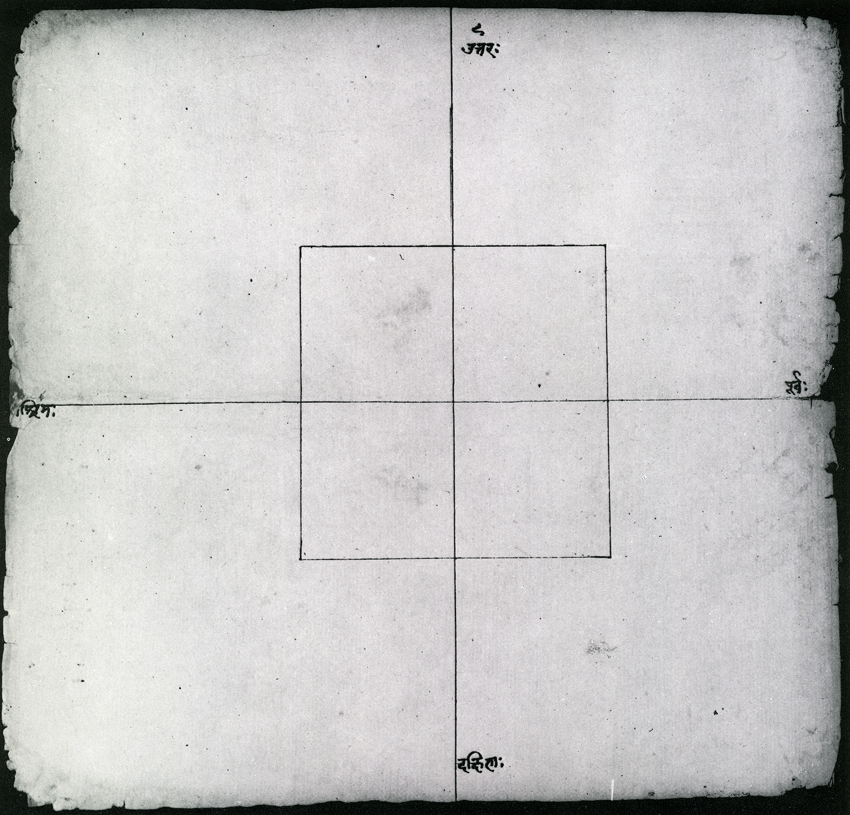
Rajasthan, Time and Space: The Square of Human Experience Within the Four Directions Extending to Infinity, 18th century

Maxmilian Franz Josef Cornelius Wolf and Johann Palisa, Star Map, from the Album Photographische Sternkarten, 1903
Dedicated to Carl Sagan and Ann Druyan for their devoted passion to exploring the unknown and to my parents who are responsible for inspiring my twin sister and I to view the world the way that we do.
Melissa Dubbin and Aaron S. Davidson: Making a Record (Diamond, Ruby, Sapphire, Emerald)
Listen to the audio: MDubbin-ADavidson-Diamond-256k
“Making a Record (Diamond, Ruby, Sapphire, Emerald)” centers around a series of four interviews the artists conducted in 2009 with gemologist and jewelry designer Karen L. Davidson, talking about the stones used to record her voice. The artists made lithic tools from the four gemstones and etched a series of unique lathe-cut dub plates of each interview. Each of the four gemstone styli were given to Karen to use as elements in four pieces she designed. These handmade pieces are composed of the stylus, crystal slices or stones in their natural states, cut gems and 22k gold. Each of the four pieces can be worn as a pendant.
Sofía Hernández Chong Cuy, Pierre Huyghe, Marina Warner and Jamieson Webster were invited by the artists to listen to the records and wear the pendants, exhibiting them for varied lengths of time. The information contained on the records was transmitted through casual conversations and occurrences that took place during their daily lives. A record of these instances in the form of a text was contributed by each individual.
“Making a Record (Diamond, Ruby, Sapphire, Emerald),” 2009 – 2013, was exhibited at Audio Visual Arts (AVA), New York January 18 – February 17, 2013.
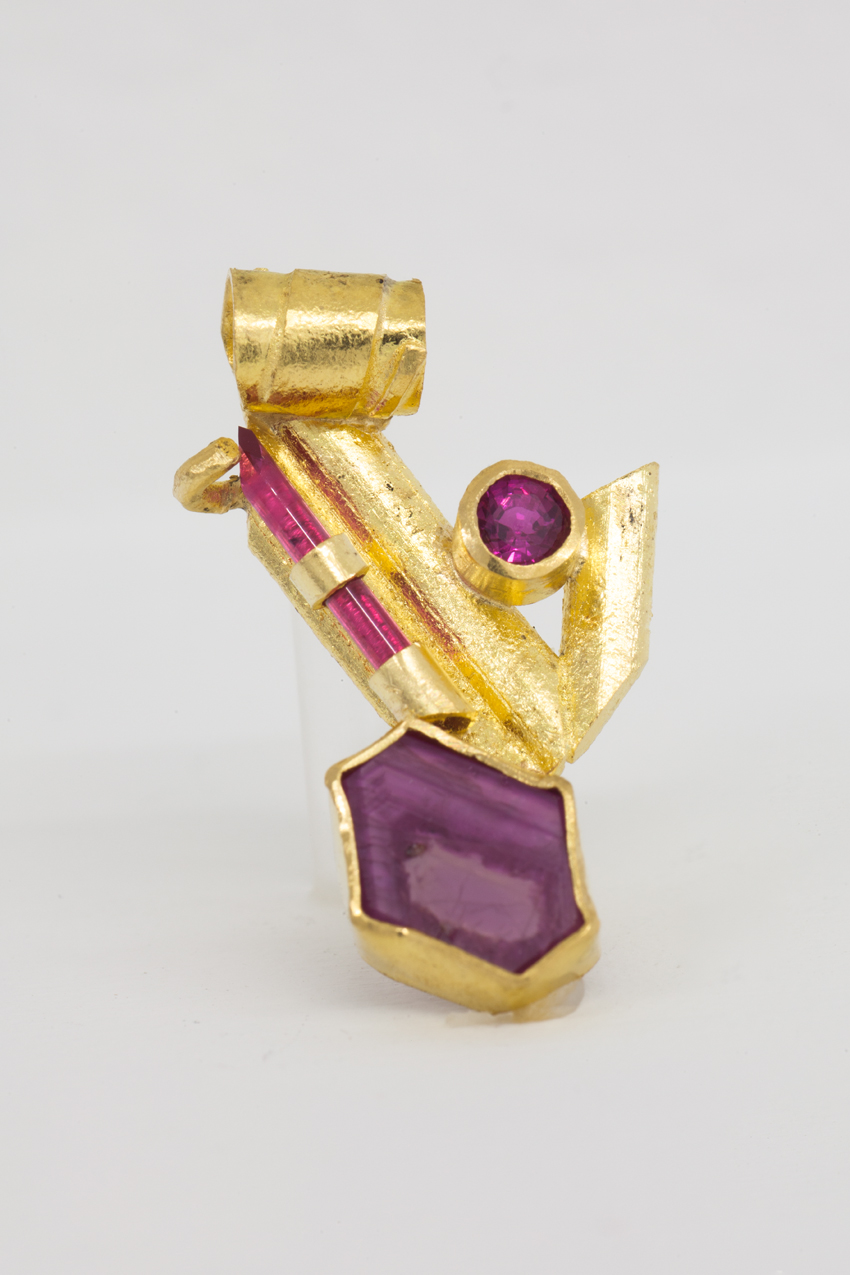
Melissa Dubbin and Aaron S. Davidson, Ruby Pendant, 2011, Ruby stylus used to cut ruby record, rubies, 22k gold, made by Karen L. Davidson, Courtesy of the artists and AVA, NY
The surface looks as if it has been inscribed, though, and as I listen to Karen’s impassioned voice unfolding her wisdom, a Shahrazad of gemmological mysteries, and catch, between her words, the scritching and bumping of the ruby needle as it vibrates on the disc it’s incising to her pauses and her breath, the largest of the rubies on the pendant in my hand took on cosmic size, and I remembered someone telling me once that she had met an astronaut. He had been out in space and she asked him whether he could smell the void. He said, ‘No, because we are sealed in our space suits when he leave the capsule.’ But then he added, after a beat, ‘There is a moment, though, when the smell of space is still clinging to the suit when we come back inside.’ She urged him on. After another pause, he said, ‘It smells like banging two rocks together.’ —Excerpt from Ruby by Marina Warner, 2013, From the project “Making a Record (Diamond, Ruby, Sapphire, Emerald),” 2013.
Not only did the amazing variety of form found in stones persuade Caillois that human invention is only a development of the data inherent in things, but also in minerals through aesthetics, he found history. Those fusions, pressures, ruptures, imprints of matter on matter have left traces inside and out which sometimes almost exactly resemble writing and which actually do transcribe events from millions of years ago. “There are impossible scribblings in nature, written by neither men nor by devils,” and seeming to foreshadow the insatiable human passion for meaning and recording. —Marguerite Yourcenar, Introduction to the 1985 translation of Roger Caillois’ The Writing of Stones (L’ecriture des pierres), 1970.
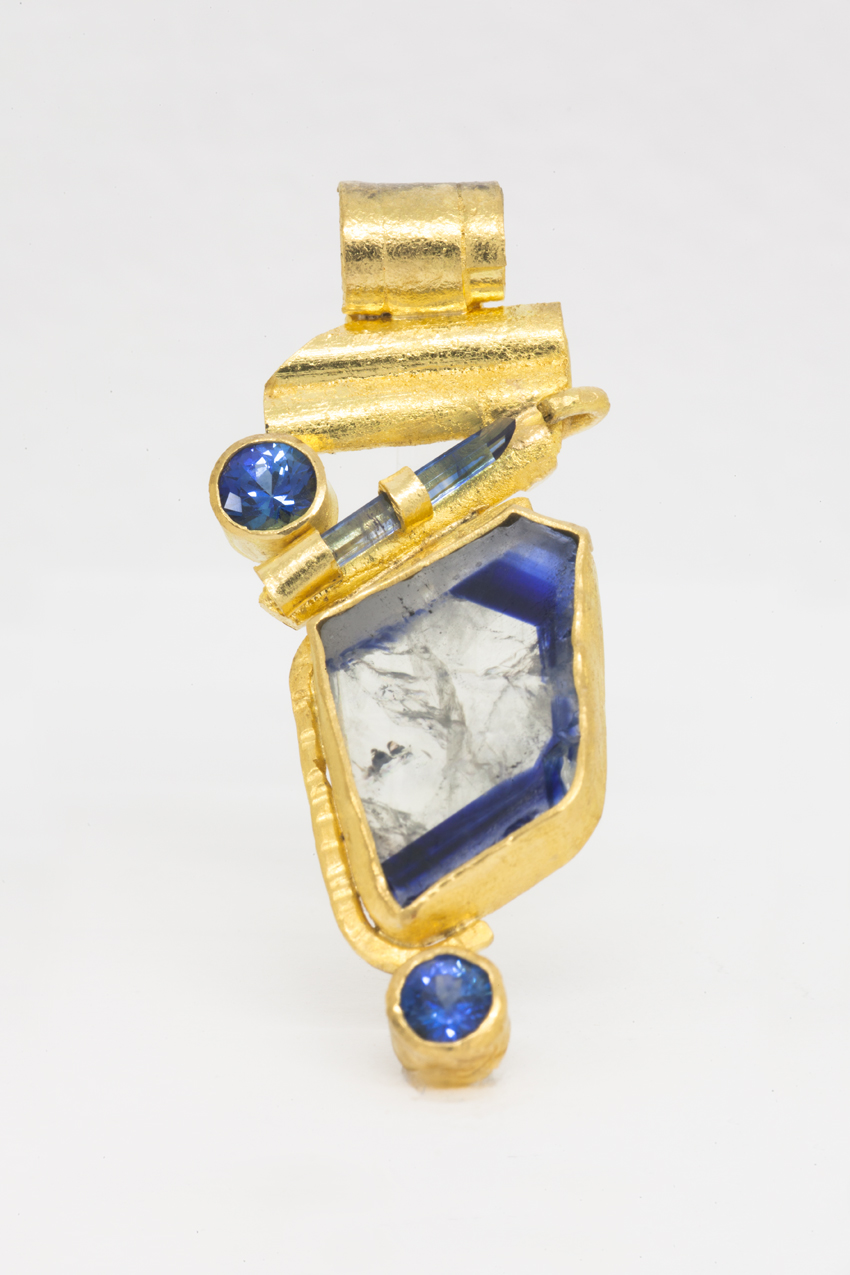
Melissa Dubbin and Aaron S. Davidson, Sapphire Pendant, 2011, Sapphire stylus used to cut sapphire record, sapphires, 22k gold, made by Karen L. Davidson, Courtesy of the artists and AVA, NY
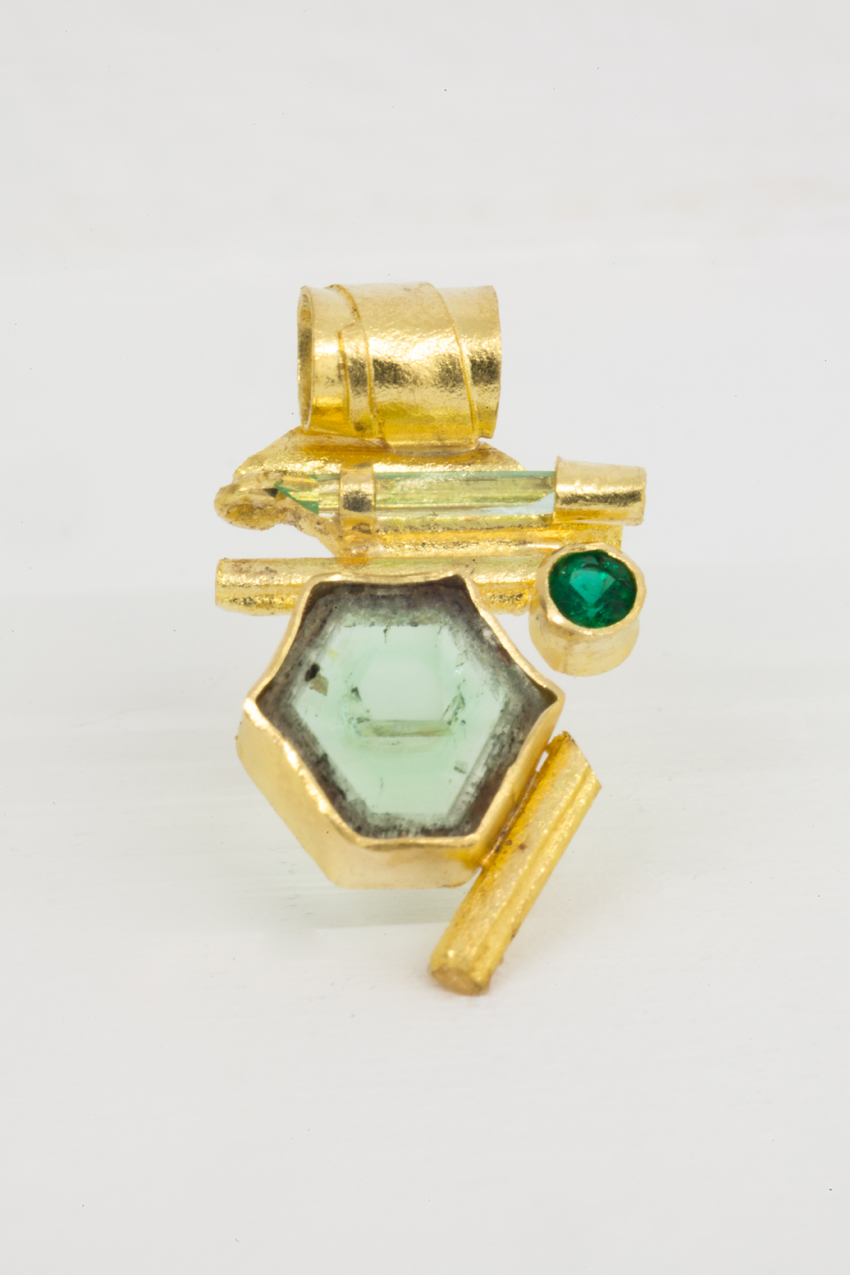
Melissa Dubbin and Aaron S. Davidson, Emerald Pendant, 2011, Emerald stylus used to cut emerald record, emeralds, 22k gold, made by Karen L. Davidson, Courtesy of the artists and AVA, NY
Who knows whether this tumult of triangles inscribed in stone, first brought about by nature and then by art, does not contain one of the secret cyphers of the universe?
For a stone represents an obvious achievement, yet one arrived at without invention, skill, industry, or anything else that would make it a work in the human sense of the word, much less a work of art.
They should not exist, and yet they do, at once impossible and inescapable. —Roger Caillois, The Writing of Stones (L’ecriture des pierres), 1970
It looked like a transparent piece of nothing. But if you looked under the microscope what you had was a very very durable little piece of triangles, on triangles, in triangles, with triangles. —Karen L. Davidson, “Diamond” interview, 2009 From the project “Making a Record (Diamond, Ruby, Sapphire, Emerald),” 2013
6.7.13 Anna Plesset
In June 2011, I packed up the contents of my studio apartment in Providence and spent the summer in Giverny, France as a fellow in the Terra Summer Residency Program. Upon settling into my studio with half-timbered walls and a large northern facing window, I quickly learned that it once belonged to Lilla Cabot Perry (b. January 13, 1848), an American Impressionist who began painting in her thirties and lived with her husband and three daughters in Giverny throughout the 1890s. During that time, Perry became a serious, successful and recognized artist who developed a close friendship with Claude Monet, her neighbor and mentor.
Even though she received much recognition in her lifetime, Perry’s artistic merits have largely been overlooked and seemingly eclipsed by her distinct role as a link between the American and French artists at the end of the 19th century. Taken by my discovery of Perry, whose life and work would have remained invisible to me if not for chance, I was reminded of the illusion that history presents. How lucky I was that I experienced a moment of discovery that altered my conception of reality and brought to life a person who, for me, would otherwise never have existed. Upon my return to the U.S., I unfolded a floor plan I drew just before leaving my studio in Giverny and began recreating through painting and sculpture the objects and fragments through which my initial discovery took place.
My research on Perry has led me in many directions: to the New York Public Library, where I’ve been scrolling through microfilm reels on loan from the Archives of American Art, and most recently to her home and studio in Hancock, New Hampshire, where she lived and painted until the day she died.
